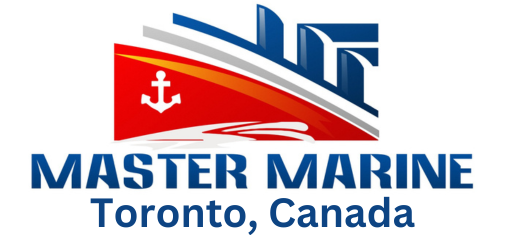The volume of cargo transported all over the world, on a daily basis, to so many countries is really astounding. So many of the everyday items we use are supplied to us as a result of the trade agreements established between countries and via cargo ships or planes as the medium of transport. Most of these products also arrive at their intended destination in good condition. However, on occasion, cargo does get damaged on its way to the consignee. So, what should you do if this happens to you?
What Happens Next…
Cargo can arrive at the consignee’s home or facility in a package, a container, or as part of an LCL shipment. When it is delivered, the carrier or an agent of the carrier, normally asks the consignee to sign a delivery document to record the delivery of the shipment. Before doing so, keep in mind that this is an ideal time to conduct a visual examination of the cargo.
• For non-containerized shipments, does the packaging appear intact?
• Are there any tears, rips, crushing or any other signs of damage to the external wrapping of the cargo?
• For a containerized shipment, does the container appear to be in good condition, without any obvious signs of damage or holes?
• Is the container seal in place and opened in the presence of the consignee?
If the package or the container appears to be damaged, it is important to notate as such in the delivery document (Proof of Delivery) provided by the carrier. This essentially allows the consignee to dispute the condition of the delivery and serves as a basis for a claim with the insurance company or carrier. A brief description of the extent of damage should be noted on the Proof of Delivery (POD) document, along with a notation that the cargo was received in damaged condition. Be as specific as possible.
In this instance, the consignee can ask to open the container to assess the cargo within in the presence of the carrier’s representative. If permitted, the container and shipment can be assessed for obvious leaks, holes, and shifting. This, too, should be notated in the Proof of Delivery document. The same is applicable to any non-containerized shipment as well. If the consignee is permitted to open them, they can document any damage to the shipment.
Don’t forget to take photographs or videos documenting any damage to the cargo, and the packaging in which it was shipped. This is especially true, if the damage is only evident after opening, and the consignee was not permitted to open the container or package in the presence of the carrier.
Note the condition of the packaging. Does it seem adequate, or, is it sparse / missing in areas? Save all packaging, and be sure to take pictures.
All delivery documents should be signed by both the carrier and the consignee, and the consignee should be provided with a copy for their own records.
You will also need to determine whether the cargo can be repaired, or sold at a discounted price, or whether the entire shipment is a total loss.
When making a freight claim, you will be asked:
• The nature and circumstances of the claim
• Contact information for everyone involved
• Estimated cost of damage incurred
• Whether the cargo is salvageable
Important documents needed for your claim:
• Bill of Lading
• Proof of Delivery
• Packing List
• Documents such as temp-tale charts
• Commercial invoice
Filing a loss or damaged claim with an insurance company or carrier is a lengthy process. After the initial filing, be prepared to wait for several weeks for them to collect and assess the documents. Follow up regularly to check on the progress of your case file.
The insurance company or carrier will send an independent 3rd party surveying company / damage claim specialist to visually assess the nature of your claim. Their report and findings serve as a basis for allowing or denying the claim. On site, they will conduct a thorough visual examination of the cargo, and then proceed to test their functionality. They will test the electrical or mechanical functioning of the unit as well. A detailed report will be issued based on their findings.
In Conclusion…
Filing a freight claim is a lengthy process, requiring your patience and understanding. Before filing a claim:
• Assess damage to your cargo at the time of delivery
• Sign the POD, and notate any damages seen. Be specific
• Take pictures of the exterior packaging, and the cargo within (if you are permitted to open)
• Collect all necessary documents
• Assess whether the cargo is salvageable or is a total loss
• Check regularly with the carrier or insurance company for any status updates.
• Allow the 3rd party independent surveying company / damage claim specialists access to the cargo

